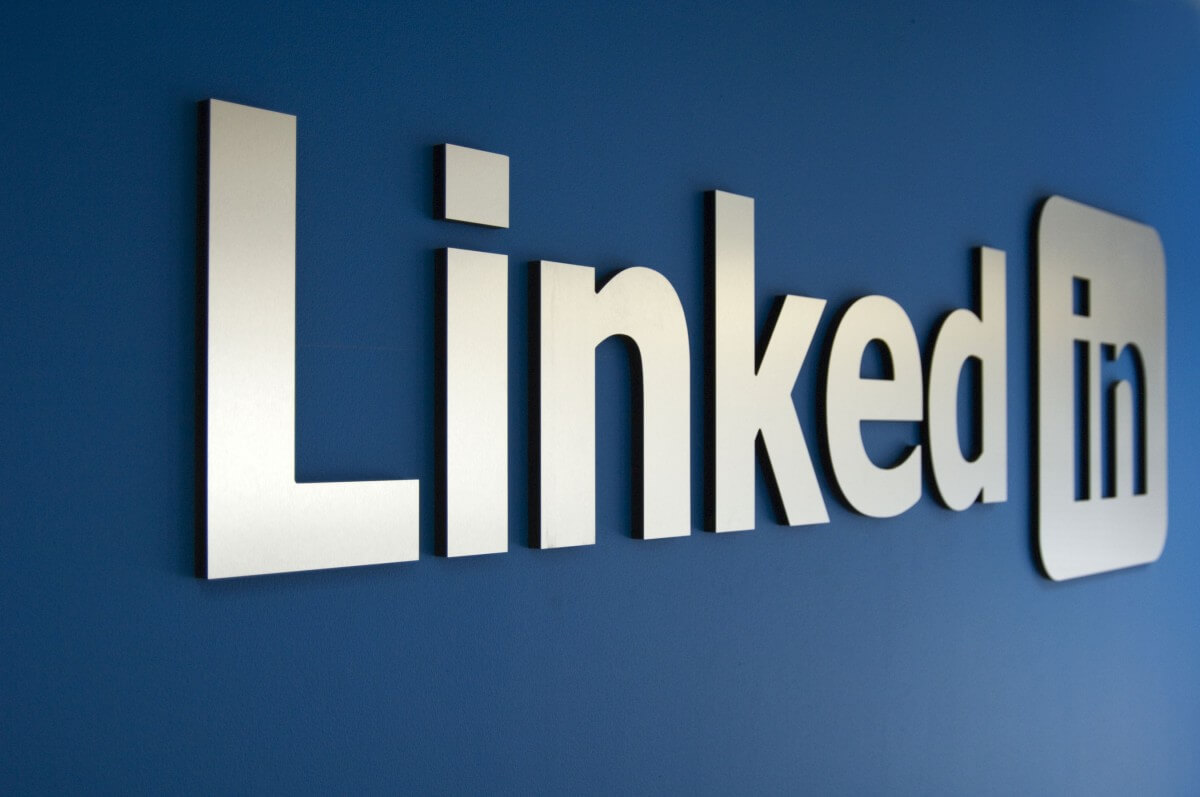Social media platforms have become essential tools for professionals to connect with each other and build their networks. With the rise of remote work and digital communication, platforms like LinkedIn have become even more important for career growth and advancement. However, the increasing popularity of these platforms has also led to concerns about trust and safety, particularly around the presence of fake accounts and spam. To address these issues, LinkedIn has recently announced a new verification system called "Clear," which aims to increase user trust and safety on the platform.
LinkedIn has recently announced a new verification system that aims to increase user trust and safety on the platform. The new system, called "Clear," is designed to verify the identity of LinkedIn users and make it easier for others to identify legitimate accounts.
The Clear system will be based on a combination of facial recognition and ID verification technology. Users will be asked to take a selfie, which will be compared to their government-issued ID, such as a driver's license or passport. LinkedIn will then use facial recognition technology to confirm that the person in the selfie matches the photo on the ID. If the verification process is successful, users will receive a blue checkmark badge on their profiles, indicating that their identity has been verified by LinkedIn.
According to LinkedIn, the Clear system will be rolled out in phases, starting with a small group of users in the United States. The company expects the system to be available to all users in the coming months.
The introduction of Clear is part of LinkedIn's ongoing efforts to improve user safety and security. In recent years, the platform has faced criticism for the presence of fake accounts and spam, which can make it difficult for users to find and connect with legitimate professionals.
The new verification system could also help to reduce the spread of misinformation on the platform. By verifying the identity of users, LinkedIn may be able to prevent the creation of fake accounts that are used to spread false information or promote fraudulent activities.
While the Clear system is designed to increase user trust and safety on LinkedIn, some users may be concerned about the use of facial recognition technology and the potential for their personal data to be misused. In response, LinkedIn has stated that it will only use the data collected through Clear for the purpose of identity verification, and that the data will be stored securely and deleted after the verification process is complete.
Popular Cyber Security Courses - 2023
Foundation Certificate in Cyber Security
Certified Ethical Hacker CEH v10 Masterclass Training
Security Engineering on AWS Training
Application Security in The Cloud
AWS Security Essentials Training
Microsoft Azure Security Technologies
Certified ISO/IEC 27001 Lead Implementer Training
Certified Information Systems Security Professional (CISSP) Training
Set out on a thrilling digital adventure in South Africa, where chances abound in locations like Johannesburg, Cape Town, Durban, Pretoria, Bloemfontein, Port Elizabeth, and more. We've created our in-depth IT courses to provide you the information and abilities you'll need to succeed in the rapidly changing digital environment. Our knowledgeable professors lead you through immersive learning experiences that incorporate theory with real-world application in a variety of topics, including coding and web development, cybersecurity, data science, cloud computing, and more. Join our thriving tech community to collaborate on real-world projects and access a large network of business experts. Our adaptable learning choices, such as virtual classrooms and in-person sessions, make sure that you may pursue your tech education on your own terms whether you're based in the busy streets of Johannesburg, the scenic coastline of Cape Town, or any other city throughout the nation. With the help of our top-notch IT courses, you may realize your potential and pave the road for a prosperous career in South Africa's booming tech sector.